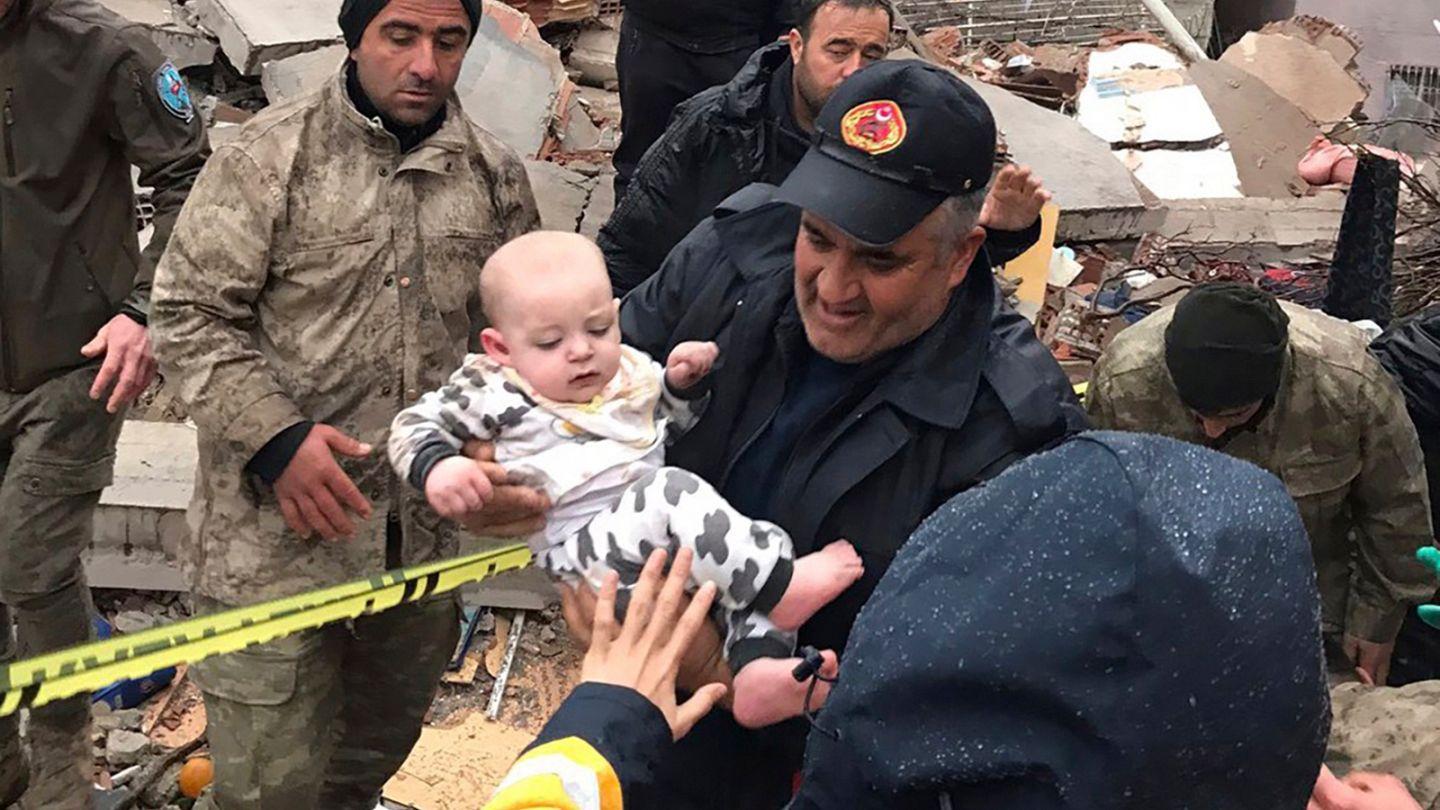Chemotherapy for decades was considered the rule for treating breast cancer and other cancers. But the method is on the wane for many cancer patients.
Genetic tests can now reveal whether chemotherapy would be beneficial. For many there are better options with an ever-expanding array of drugs, including estrogen blockers and drugs that destroy cancers by attacking specific proteins on the surface of tumors. And there is a growing willingness among oncologists to scale back unhelpful treatments.
The result spares thousands each year from the dreaded chemotherapy treatment, with its accompanying hair loss, nausea, fatigue, and potential to cause permanent damage to the heart and to nerves in the hands and feet.
The diminution of chemotherapy treatment is happening for some other cancers, too, including lung cancer, the most common cause of cancer deaths among men and women in the United States, killing about 132,000 Americans each year. Breast cancer is the second leading cause of cancer deaths among women, killing 43,000.
Still, the opportunity to avoid chemotherapy is not evenly distributed, and is often dependent on where the person is treated and by whom.
But for some patients who are lucky enough to visit certain cancer treatment centers, the course of therapy has changed. Now, even when chemotherapy is indicated, doctors often give fewer drugs for less time.
Limited free articles. Subscribe for full access.








 Dr. Bilal Philips
Dr. Bilal Philips